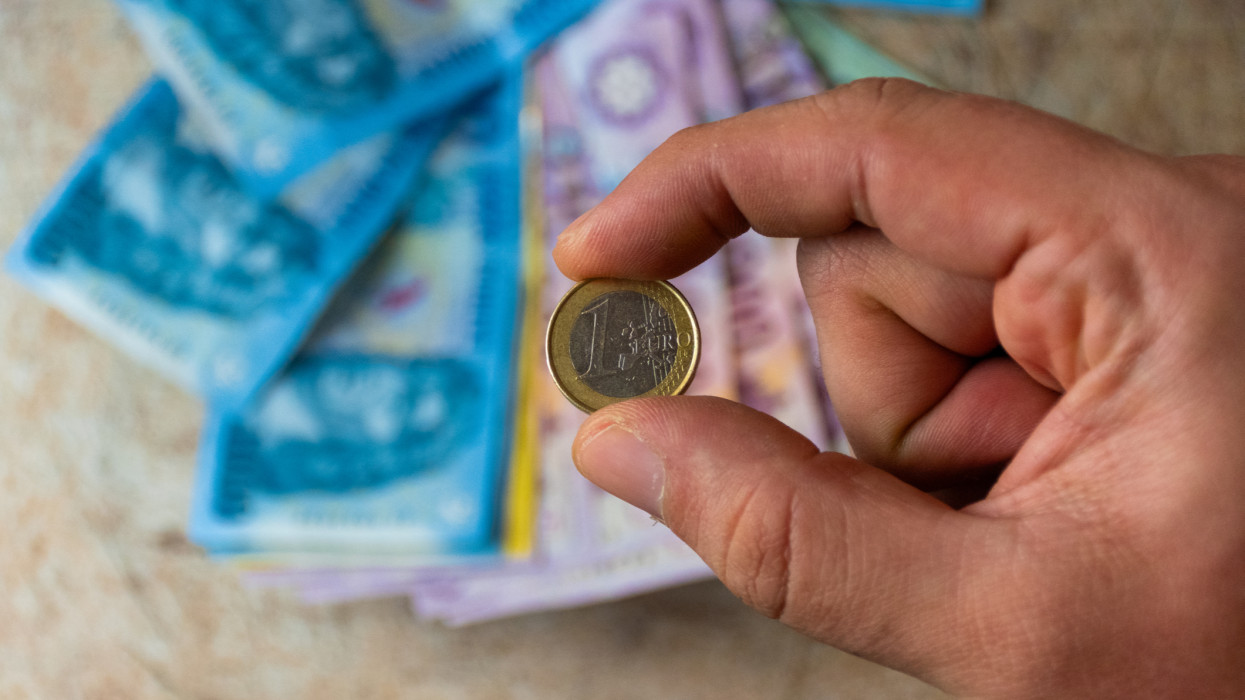As is also the case for other weather-dependent sectors, climate change must be singled out as the reason. The annual mean weather values have not necessarily changed, but rather the problem appears to be an altered temporal and spatial distribution: it frequently remains dry for weeks, and extreme amounts of precipitation only fall in very small regions. As a consequence, soil and/or seedbed preparation must be more examined for arable farming, as must precision seed distribution and intensive soil contact.
Old cultivation techniques appear to be experiencing a renaissance – from more diverse crop rotations to improved humus formation and accompanying mechanical weed-regulating techniques. The return to biologically traditional methods is easier today due to the diverse technology available, which can be adapted to greatly differing objectives. New here is the principle that technology should adapt to nature and not vice versa, as was the case up until recently. Today the challenge lies in the combination of traditional with conservation methods, as our traditional experience is frequently based on ploughing. We have, however, been able to build several decades of experience with existing technology in our diverse regions and for specific conditions.
Improved sensor technology, and electric drives and their accompanying electronics, have considerably increased the complexity of machines, which to a lesser or greater extent also require new digital operating systems to make them usable and to support operators in reaching their goals. The requirements for seeding technology have generally become more demanding, with new features including: changing row widths, grain singling, simultaneous working-in of fertiliser, grain counting sensors, and integration with the tractor and farm information system.
The goals at the forefront currently are: the conservation of soil moisture, the improvement of nutrient availability, and simplified operability via digital-electronic aids. Technology provides many current new options for this purpose.
Cultivation technology
Cultivation equipment have increased in their overall complexity and now regularly feature a modular mechanical design with high interchangeability of components and electric adjustment options with electronic connection and operator support systems. Modularity has proven to be an advantage for the most important components, such as grading, loosening, crumbling, re-compacting, soil opening, seed distribution and covering over. This has allowed, for example, soil tillage implements being replaced, making it possible to adapt to the conditions and objectives for different land types, while the other components of the farms cultivation technology remain otherwise unchanged.
The objective of soil preparation is increasingly to conserve soil moisture, and the preferred methods are non-soil-turning or conserving tillage. A new possibility today is that positive effects on soil moisture are also achieved with more uniform plant distribution across the field, which then shades the soil earlier. This also results in improved weed suppression by arable crops.
Seeding technology and fertiliser application
Not only the seed, but also mineral fertilisers are increasingly being introduced directly into the soil simultaneously during seeding. The nutrients for arable crops, with a time-delay effect as well, are still provided via the soil. When the fertiliser is already in the soil, it is not necessary to wait for rain to make it available to the plants, although the soil must be sufficiently moist. In this process, the spatial positioning of the fertiliser is carried out flexibly and depending on the crop both at a certain depth (vertically) and in the lateral direction required based on the individual location of the arable crops and their root systems. Furthermore, new systems offer synchronised discontinuous conveying of the fertiliser (portioning) in the longitudinal direction, which is coordinated with the seed drills and their seed distribution. As a result, the nutrients for the crops are more easily accessible due to their spatial concentration and the application quantity per crop can even be reduced overall.
Uniform spatial distribution
An important opportunity to indirectly influence higher yield is a more uniform distribution of seed. Here, the objective is to make the same resources, such as water, nutrients, light and space, available to each individual plant. In addition, positive effects on chemical crop protection also come into play, as the pressure of disease decreases through the better ventilation of the less-densely distributed crops. Better shading of the soil also means that weeds are suppressed and soil moisture conserved.
The uniformity of seed and crop distribution can be influenced by changes in row width and the choice of seeding method (drill or precision seeding) so that a certain crop density can be achieved. Studies with modern seeding technology have shown that grain and maize crops result in the poorest distributions, while oilseed rape and beet show comparatively high uniformity.
Plant distribution over the area is of major importance for arable crops with a low spatial compensation capacity (low plasticity) like maize and beet. Here, the longitudinal distribution with precision seeding can hardly be improved, leaving only the row width as a possible improvement. For beet, the current row width is adjusted relatively well to the crop density. In contrast, there is a potential for reducing the row width for maize (silage maize), as it is currently a great deal larger for the usual similar crop density than for beets.
Although grain does have a smaller row width, the state-of-the-art technology for seed drills means the uneven longitudinal distribution leaves a great deal to be desired. This is the reason for uneven crop footprints. As for grain, the row width for oilseed rape is also very small. However, the longitudinal distribution is also poor here due to drill seeding. As the crop densities for rape are considerably smaller than for grain, this alone results in better area distributions with otherwise identical technology for cereal seeds. In absolute terms, with precision seeding technology and relatively small row widths based on the crop density, beet achieves the best area distribution.
Several agricultural machine manufacturers have offered solutions to address exactly these problems in recent years, offering improved longitudinal distribution for grain and narrower row widths for forage maize.
Sensor technology
Precision real-time information on seeding depth, covering height and soil density of re-compacting is desirable during seeding, but is still unavailable. Continuous measurements in the soil with innovative sensor technology is offered by some manufacturers, but these measure, for example, the soil temperature, moisture, pH and quantity of organic matter. These sensors are integrated into the seeder control system and can therefore improve the work quality by automatically adapting to changing conditions. For example, the seeding depth can be controlled with corresponding sensor technology according to real-time information on soil moisture as it changes within a field.
Operating concepts and IT integration
Many manufactures today offer not only the control and operation of the seeding technology via the ISOBUS interface, but as a supplement also so-called apps that are freely available and are installed on a mobile digital terminal device. These supplemental operating aids can contribute considerably to improved control of the work quality of seeding technology, as the devices operate with familiar intuitive user interfaces, enabling them to display the high complexity of the structure and options of modern machines. Furthermore, the production of increasingly important crop documentation is also made possible by the connection to information platforms on the Internet via mobile communications. This means that automated data acquisition of work carried out in the field will become possible, which is then automatically transferred to an electronic field catalogue. This can, for example, be the cultivated area, the working times, the driving lane data from automatic steering systems and the quantities of farm inputs used. These can then be used in a simplified manner for important documentation requirements, and thus form initial major steps towards digitised agriculture.
Article by: Professor Hans W. Griepentrog, University of Hohenheim, Germany







